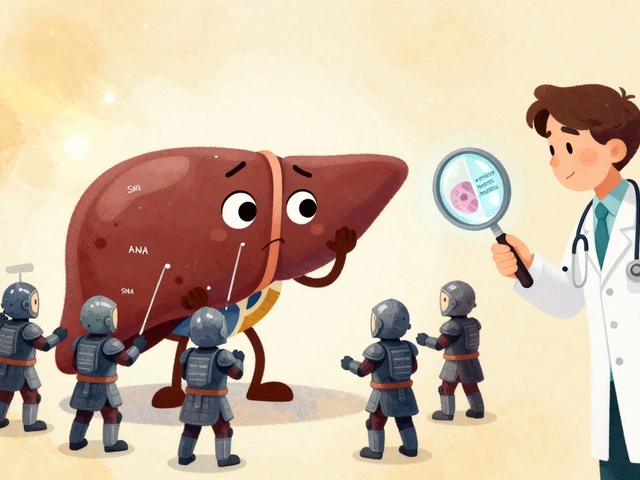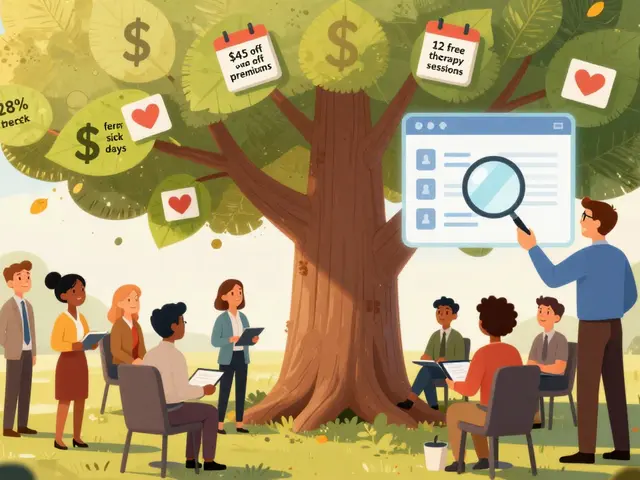
Dosing Guide: How to Pick the Right Amount for Your Medicine or Supplement
Getting the dosage wrong can waste your money, cause side effects, or make the treatment fail. The good news is that figuring out the right amount isn’t rocket science – it’s about reading labels, knowing a few personal factors, and checking with a professional when needed.
Read the Label Like It’s Your Recipe Card
The label tells you the strength (like 500 mg) and the recommended frequency (once daily, twice a day). Start by matching that to what your doctor or pharmacist prescribed. If the label says "take one tablet every 12 hours," don’t double‑up just because you feel worse – stick to the schedule.
Watch out for words like as needed (PRN) which mean you only take it when symptoms appear, and max daily dose that caps how much you can safely use in 24 hours. Ignoring these warnings can lead to overdose or reduced effectiveness.
Adjust for Your Body: Age, Weight, Kidney & Liver Health
Kids and older adults often need lower doses because their bodies process drugs differently. If the label is for adults only, ask a pharmacist how to scale it down for children. For weight‑based meds (like some antibiotics), the dose is usually given in mg per kilogram – you’ll need a calculator or an online tool.
Kidney and liver function matter too. If you have chronic kidney disease, many medicines stay longer in your system, so doctors will cut the dose. The same goes for liver problems, which affect how quickly drugs break down.
A quick tip: if you’re starting a new supplement, begin with half the suggested dose and see how your body reacts before moving up.
When to Call in an Expert
If you’re unsure about any number on the bottle, call your pharmacist. They can confirm if the strength matches your prescription and whether any other meds you take might interact.
Also reach out when you notice side effects that seem tied to dosing – like stomach upset after a painkiller or jittery feelings from a stimulant supplement. Sometimes a simple tweak fixes the issue.
Remember, online advice can be helpful but never replace a personalized recommendation from your healthcare provider.
Practical Tips for Staying on Track
- Use a pill organizer to separate doses by time of day.
- Set phone reminders for medications that need exact timing.
- Keep a notebook with the drug name, strength, and why you’re taking it.
- Never share your meds – what’s safe for you may not be safe for someone else.
Getting the dosage right is one of the easiest ways to boost the success of any treatment. Follow the label, factor in your personal health details, and don’t hesitate to ask a professional. With these steps, you’ll keep your meds working while staying safe.
-
9 Jun







